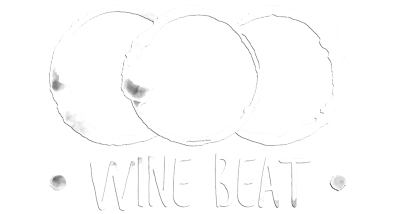Saint-Chinian is one of approximately 36 Appellations d’Origine Controlée within the very large Languedoc Rousillon AOC. It has a long wine history stretching back to the 8th century although it is likely that grapes were cultivated much earlier than that since vines are believe to have arrived in the region of nearby Narbonne from Greece around the 5th century BC. In any event, the history gets a bit more heated and spicy starting around the 1300’s when conflicts arose between the monks who were propagating vines and the local farmers. It seems as though the monasteries were not sharing agricultural production with their parishioners as much as God and the parishioners intended them to.
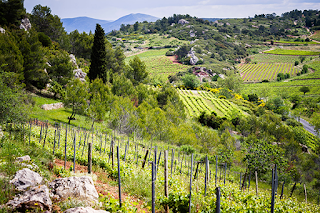
The strikingly rugged countryside of Saint-Chinian
Thus begins a centuries-long battle between winegrowers and an array of foes, a battle which you might argue is finally being won by the quality-focused vintners of the AOC. The battles with the monks continued for about 200 years with sporadic open religious warfare between the population and the monastic orders. The village of Saint-Chinian was destroyed twice during these battles. Then new catastrophes fell upon the beleaguered Saint-Chinion population including floods and the French Revolution. However, just as you might expect, given the importance of wine to French culture, cultivation of the vine was not lost and the vineyards of Saint-Chinian managed to survive. The next near-mortal blow occurred when the phylloxera root louse arrived in the late-1800’s. Much of the region’s vineyards were devastated but some survived thanks to the just-in-time arrival of disease resistant North American rootstocks. The vineyard owners persevered, continued to make wine and maintained their craft. More tribulations were ahead however as we will discuss below: the vagaries of the European common market rules and a lingering reputation within Languedoc Rousillon for “plonk” wines.
Why Saint-Chinian Wines?
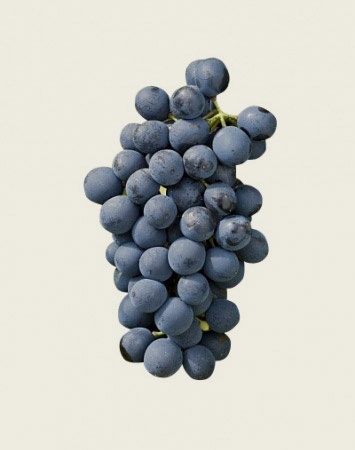
Syrah for fruit, spice and smoke
Like so many other great wine regions of the world, Languedoc Rousillon struggled to develop a reputation for great wine in large part because the producers and cooperatives focussed on cheap table wine and bulk wine. In a way this was a symptom of the times – in the period from World War I until sometime after World War II the people of France were hardly in the market for expensive wines. In fact, Languedoc wines found a market providing rations to soldiers (hardly a premium wine segment). And of course in those times there was no well-heeled, thirsty international market of the kind we have today. To make matters worse, from a reputation perspective, Languedoc was not only known as “the land of plonk wine” but it also became the biggest contributor to the famous European wine lake as a result of subsidies that promoted more and more vine growing. Suffice it to say, the subsidy system was unsustainable, crashed violently (French farmers can respond with disproportionate force when you mess with them) and ultimately left the farmers of Languedoc pulling out massive tracts of vineyard at European Union expense.
So where did the winegrowers go from there? They regrouped and concentrated on quality of course! Today Saint-Chinian wines are appreciated and sought after for their terroir-specific character. Red wines predominate and the main grape varieties are syrah, grenache noir, mouvedre and carignan. It is definitely not a disadvantage to Saint-Chinian that the wine world has fallen in love in the past couple of decades with robust, fruit forward wines that express flavours of chocolate, coffee and spice. The AOC is divided into two general terroir characteristics, with the dividing line being the rivers Orb and Vernazobre. In the north the schist and sandstone soils produce a bigger and more demonstrative wine. In the clay and sandstone of the south, the wines are more red-fruit and have a lighter, fresher character. But of course within these broad boundaries there are a multitude of micro-climates and vineyard-specific terroirs. A mediterranean climate with warm weather, low rainfall and poor soils mean that the vines have to struggle to produce fruit. As is so often the case with the wine grape, this is a good thing for the lover of Saint-Chinian wines.
Where is Saint-Chinian?
The Languedoc Rousillon AOC is a massive region spreading across about 1/2 of the French Mediterranean coast from near Marseilles all the way to the Spanish border. Saint-Chinian is a little bit west of the center of this region and just slightly inland from the Med. The city of Beziers is the nearest major center while 20 smaller villages make up the individual communes. Importantly, the local authorities have created two sub-appellations, Saint-Chinian – Berlou and Saint-Chinian – Roquebrun, which roughly reflect the two soil types described earlier.
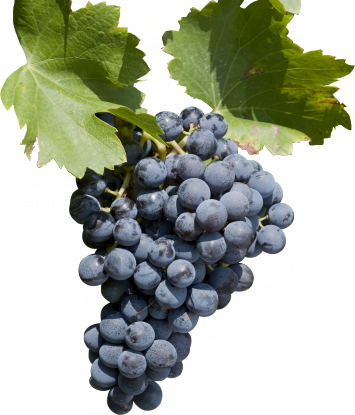
Grenache for red fruit character and herbal notes
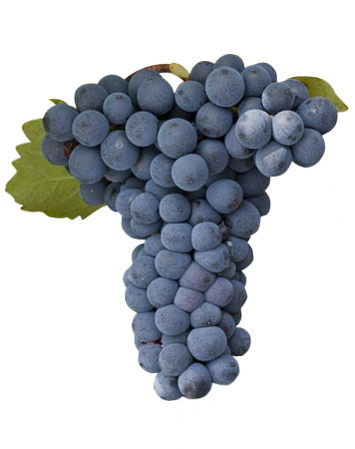
Mouvedre for tannic body, violet aromas and some rusticity.
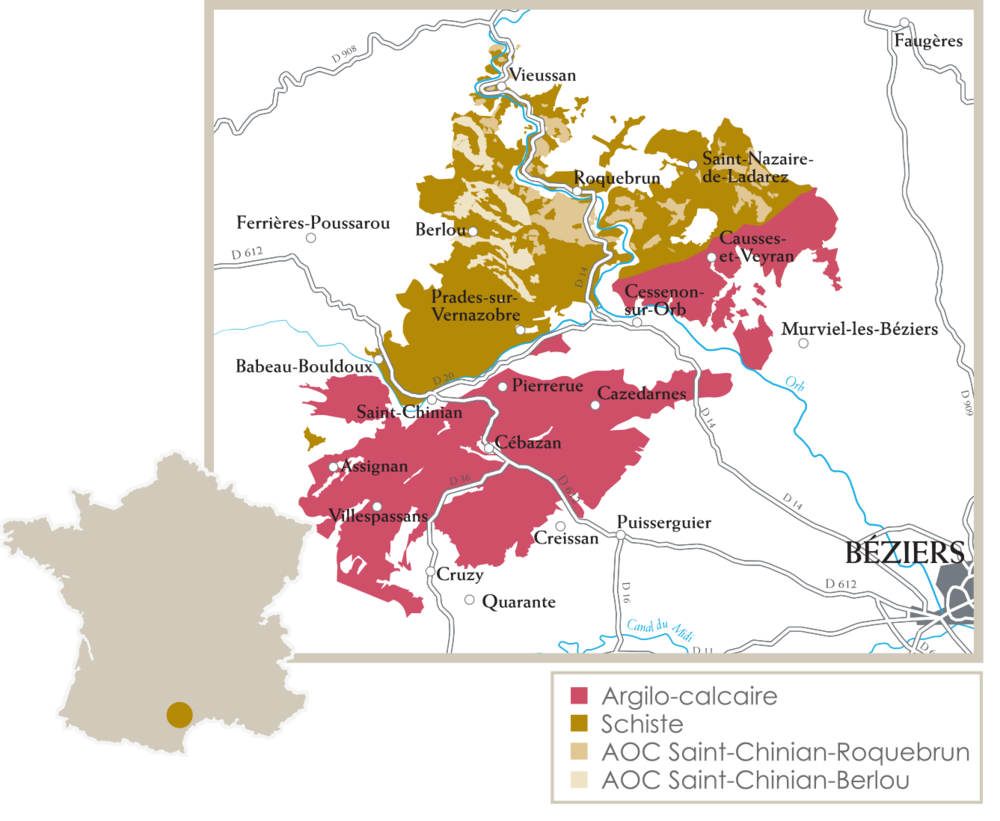 Saint-Chinian with its 2 sub-appellations, Saint-Chinian – Berlou and Saint-Chinian – Roquebrun
Saint-Chinian with its 2 sub-appellations, Saint-Chinian – Berlou and Saint-Chinian – Roquebrun
When to Visit?
Any time between March and November are good times to visit although even the winter months provide good opportunities for touring including walking and cycling along the Canal du Midi. The Saint-Chinian Vintage Wine Festival on the third weekend in July provides a fantastic opportunity to meet the local winemakers, talk about their wine and sample a wide range of the regions best.
Useful Links:
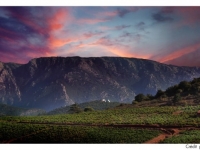
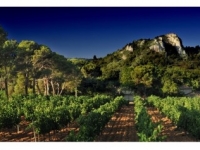
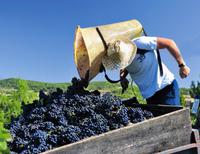
Photos and map courtesy of www.saint-chinian.com
